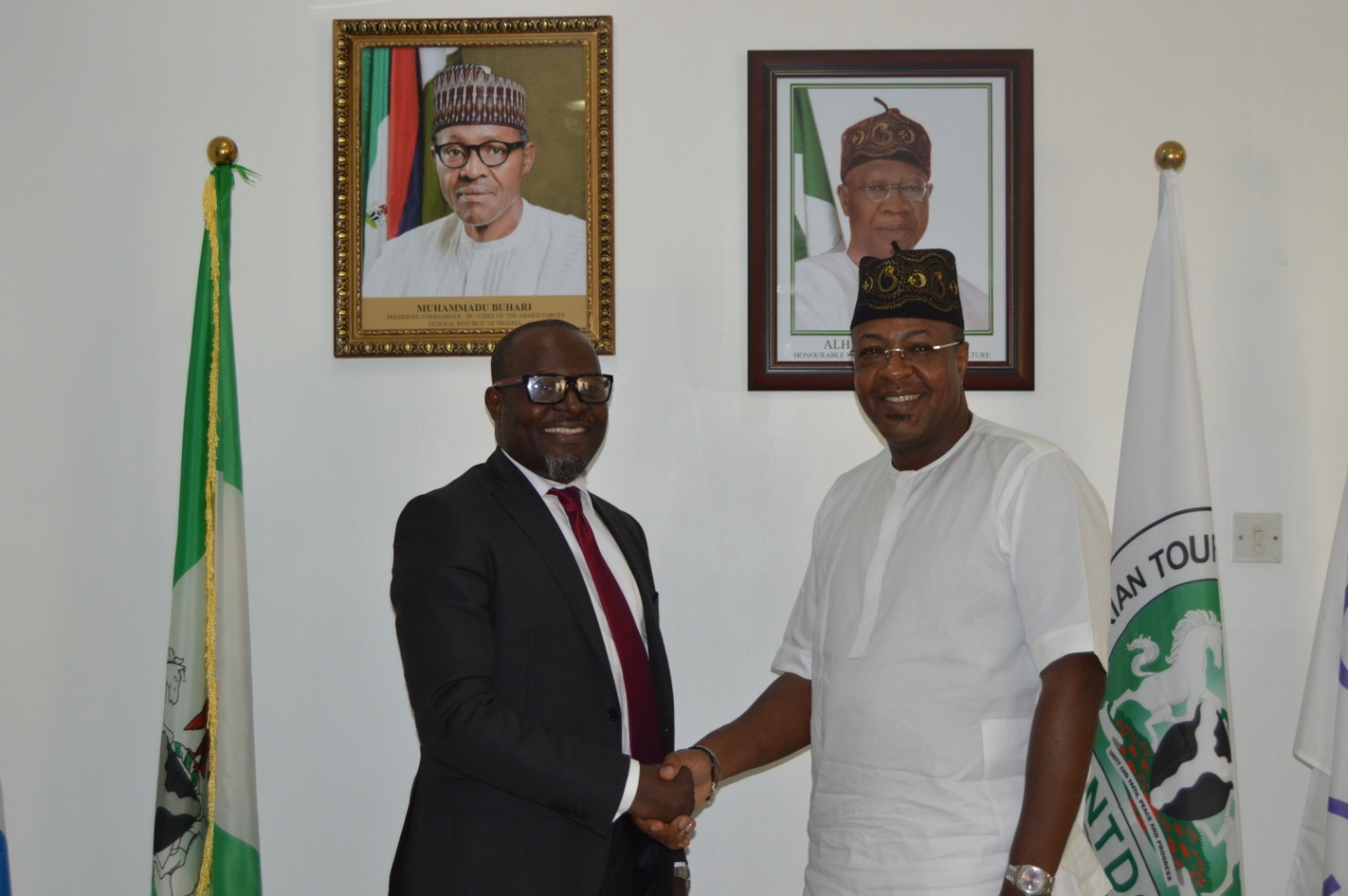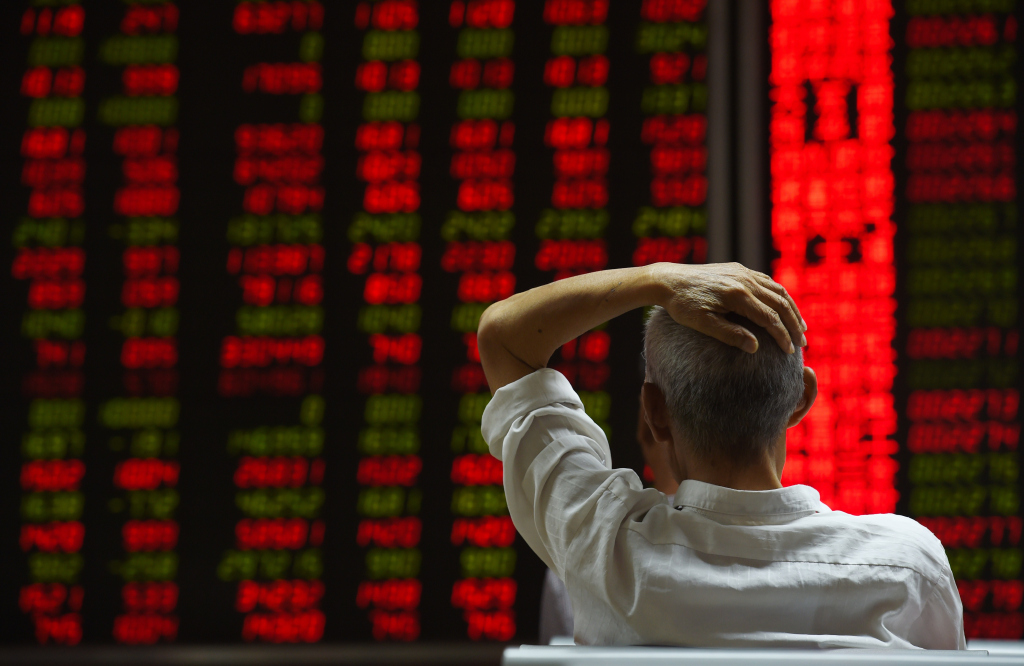French say “no” to populism and “yes” to a united Europe following a similar trend in Austria and The Netherlands over the past six months. Macron’s decisive victory on Sunday is a clear sign of a resistance to populism after Trump’s election and the Brexit vote.
The Euro hit a seven-month high, to trade above 1.10 against the dollar as an initial reaction, but pulled away in a classic “buy the rumor, sell the fact” style given that traders were already positioned for a Macron win. The Euro appreciated by 2.5% since the first round of voting, suggesting that the good news was already priced in, and now it requires a fresh catalyst to determine the next move.
The next challenge for Macron is going to be the parliamentary elections in June, and given that there’s a lack of significant support, it remains highly uncertain whether the President can build a parliamentary majority. However, I don’t think this is going to be a major concern to the Euro.
The next political risk event in the EU is the Italian general election, due to be held in March 2018. As there are ten months until this key event, investors and traders should shift their attention from politics to macro fundamental drivers.
Advertisement
The key macroeconomic indicator from the Eurozone, along with fewer political risks, will likely lead to inflows of capital to European markets, especially as valuations look more attractive than the US. But the Euro’s direction will be more influenced by the actions of the European Central Bank. If the ECB is thinking of starting the tapering process, the next meeting on June 8 could be a time to announce the beginning of the exit. Therefore, I see more upside risk than the downside to EURUSD.
Moving into the US, the economy added 211,000 jobs in April and unemployment rate fell to 4.4%. The better than expected data validates the Federal Reserve’s statement that recent weakness in some economic data would prove transitory.
However, not all chunks of the jobs report were robust enough. The labor participation rate fell to 62.9% from 63%, and annual wages dipped by 0.2% to 2.5%. While this will not stop the Fed from raising interest rates in June, Friday’s US retail sales and inflation figures will provide a better indication of whether a rate hike is a done deal or not.
Advertisement
Oil prices inched 1% higher early Monday after a steep decline last week, sending both benchmarks to their lowest levels since December, and many traders were left wondering whether further downside risk lies ahead. The factors moving oil prices haven’t changed much recently; it’s all about inventories and US Shale vs. OPEC.
The latest negative factor was weaker import figures from China. At this stage, OPEC members have no choice but to talk up prices by signaling an extension to the production cuts agreement, but the ability of Shale to keep pumping at relatively low prices remains the largest threat. I still believe that markets will eventually rebalance at a later stage in H2, and prices will recover, but the recovery won’t be a straight line.
Add a comment






